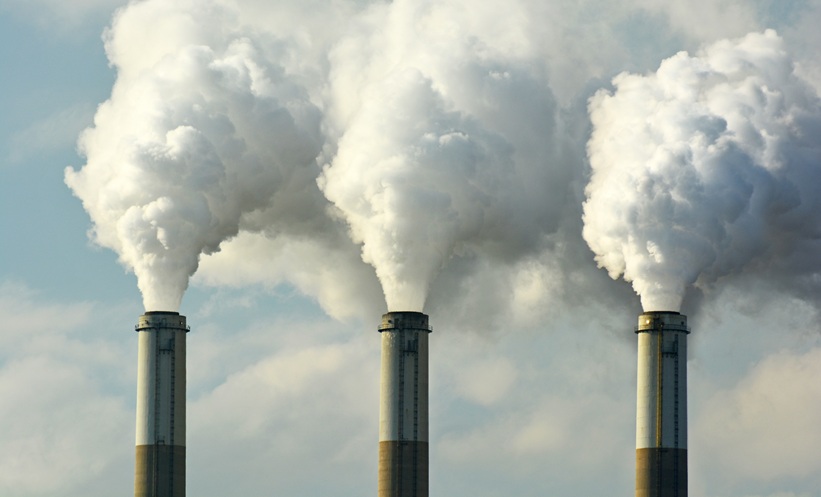Abstract
Increased ambient particulate matter (PM) has been associated with various cardio-respiratory disorders and emergency room visits due to short-term and long-term exposures. However, most of the efforts correlating PM exposure with human health hazards have primarily focused on cardiovascular impairments, although the lung acts as the primary port of entry, and is therefore also the primary target organ. Emerging evidences have shown an association between increased PM and respiratory illness, particularly chronic lung diseases. PM10, PM2.5, ultrafine particles, or nanoparticles (NPs) are of interest in this regard. Particle surface area increases with decreasing size and surface related parameters such as oxidative potency, solubility, and bioavailability, and are widely regarded as the parameters determining particle toxicity. Factory utility smoke stacks, vehicle exhaust, wood, and biomass burning act as the primary sources for ambient PM, coupled with composition variability. Revolution of nanotechnology during the last decade brought forward concerns about NPs as a potential new health hazard as well. Epidemiological, clinical, and experimental studies suggest oxidative stress, inflammation, impaired inflammation resolution, and altered coagulation cascade homeostasis as the causative mechanisms of both pulmonary and cardiovascular impairments due to PM exposure. Children, the elderly, and individuals with pre-existing conditions are found to be the most vulnerable subjects. Respiratory symptoms of increased PM exposure include increased infection, pneumonia, chronic bronchitis, emphysema, exacerbation of asthma and chronic obstructive pulmonary disease, declined forced expiratory volume in 1 second, and forced vital capacity, apart from the classically known phenomenon of asbestosis, silicosis, mesothelioma, lung cancer, and pneumoconiosis.
Please view the full content in the pdf above.







